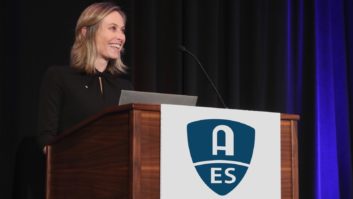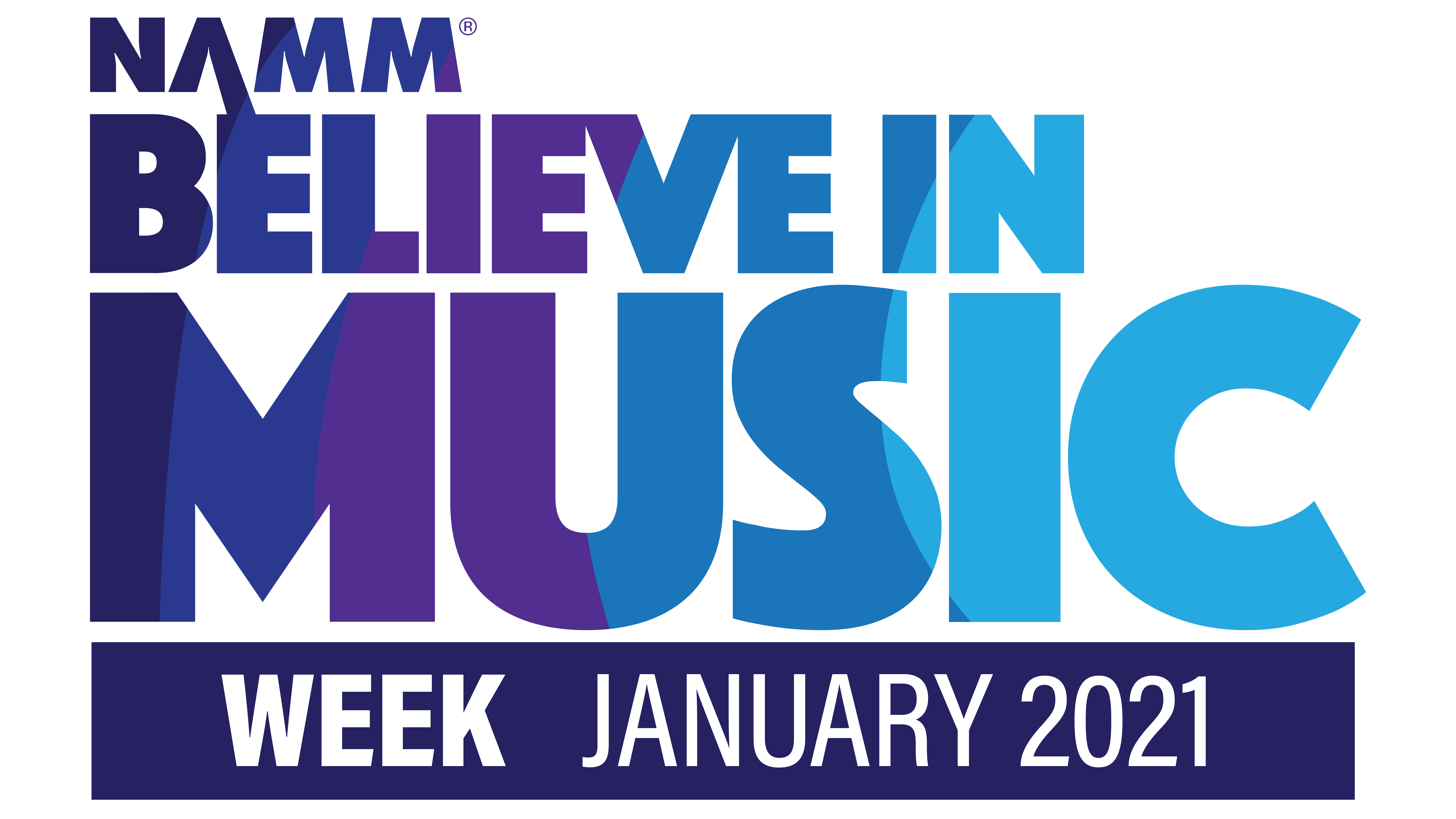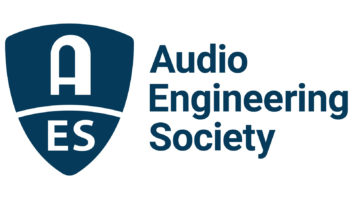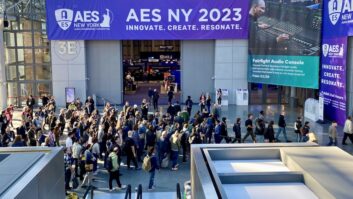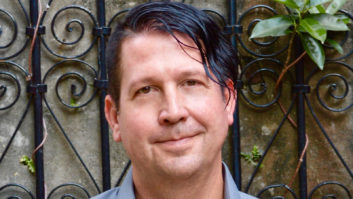New York, NY (September 27, 2019)—Running an organization like the Audio Engineering Society is no simple matter. Founded in 1948, AES has long spearheaded the advancement of professional audio, and today, the nonprofit organization has thousands of members, and more than 90 professional and 120 student sections around the world. In recent years, AES has made great strides in developing its online e-library repository of more than 17,000 technical papers and research findings, retrenching its annual convention, creating new opportunities to provide audio education at events like the Winter NAMM Show, and more. With the goal of even greater innovation, the organization named Colleen Harper as its executive director in January 2019.
While many previous AES executive directors have come from within the pro audio industry, Harper has spent her career, fittingly, in the world of nonprofit associations. She became a Certified Association Executive in 2012 and worked at organizations focused on finance, healthcare and engineering. “I spent most of my time in membership,” she recalls, “working directly with members and volunteers on increasing the value of their organizations, making sure both the membership and the community that the organization served felt appreciated and connected. At my most recent organization before joining AES, I started out in membership and marketing and was then promoted to chief operating officer. I also served as interim CEO for eight months.” Harper credits the sum of that experience with giving her the real-world business operations and nonprofit governance experience that an association executive needs.
As an organization, AES is both lean and massive at the same time—it employs a mere six full-time staff members (five in New York and one in Nashville) and a number of long-term contractors world-wide, but much of the society’s work is done by its membership. Notes Harper, “AES is a volunteer organization that couldn’t exist without the numerous members around the world who are committed to our mission and work on a daily basis to further the goals of AES.”
Insight from those members has always helped inform the society’s efforts. “With the leading minds in professional audio among its membership, AES is helping to establish the next generation of best practices and workflows, and the refinement and implementation of innovations defining the evolution of the audio arts and sciences across the varied landscape of professional audio specialties,” Harper points out.
That said, pro audio and the AES are both evolving for reasons beyond just technology these days. “In addition to creating market-driven standards, it’s also our job now to continue expanding our role in providing value to an ever-broader community, while keeping up with trends, the global economy, and other laws and regulations that could impact the way that businesses operate,” says Harper. “AES is an amazing resource for everyone in professional audio, no matter your race, gender, ethnicity, level of education, geographic location, music genre of focus, et cetera. It is my job and my teams’ responsibility that everyone sees the value that the society brings to the industry and genuinely believes that AES is a valued resource and their professional home.”
Modern audio tools are more broadly defined and accessible than ever before, and AES is making moves to embrace both those changes and the pros who work in those areas. That’s nothing new, however; as the only professional society devoted exclusively to audio technology, the Audio Engineering Society has always been comfortable at the cutting edge of technology.
“Most of the significant audio industry technology milestones over several decades were either spearheaded by a leading member of AES or were introduced at an AES convention,” notes Harper. “From advancements in phonograph, tape recording, sound reinforcement and audio reproduction technologies to the introduction of groundbreaking technologies like the compact disc and MP3 audio to the introduction of essential audio distribution and interface standards up through AES67 (Audio over IP), AES has led the industry forward.”
The best way to honor AES’ storied history, then, is to keep innovating—to not merely react to the changing times, but to foster that change, says Harper. “We need to continue to take advantage of the integration of different learning styles and platforms, be more inclusive and welcoming to everyone in the community, and better engage members throughout the year so the value of membership is never questioned. Our members are our greatest resource and we need to continue to capitalize on their industry leadership and make their knowledge and experience accessible to the industry at large.”
Audio pros around the world can look forward to benefiting more from their AES membership. Harper reports, “Close communication with our sections helps provide a clear view of the industry in terms of market trends and production trends that inform our understanding of the needs of our membership and our industry. However, more can certainly be done to serve the global community by having more local/grassroots events in locations all over the world on a regular basis. Such activities are an important component of our long-term strategic business plan, and in the coming months, I look forward to announcing new and exciting initiatives that will resonate with the pro audio community.”
Definitions of what constitutes “pro audio” technology have changed in recent times, and AES is moving to better reflect and incorporate those changes, too. That’s readily apparent with some of the new offerings at this month’s AES Convention in New York City, Oct. 16-19. “We are listening to our membership, our exhibitors and our sponsors,” says Harper, “and welcoming with open arms those working in music genres that historically have not had a big presence at the AES conventions—or in AES in general—as well as those who make music in untraditional but more and more prevalent ways. We believe there is a big opportunity for us to be more inclusive of other genres of music. For example, for the first time this year, our New York convention will feature an Electronic Dance Music Academy in the exhibit hall.”
Other changes will be afoot at the convention, too: “Further focus on the general concept of diversity and inclusion will be impactful for an organization like AES. While there’s some perception of AES activities historically being a bit narrowly participatory, AES has a rich tradition of encouraging female participation in its governance and, over the past five years, has made tremendous strides in actively expanding its inclusiveness. The society is committed to aggressively working to further expand its outreach.”
For Harper, getting to know the Audio Engineering Society and lead it into the future has been a welcome and rewarding challenge. “AES was—and is—unlike any organization I have ever worked for. The pro audio community is a one-of-a-kind, close-knit community and I’m honored to work with the extraordinary people in our industry every day.”
Audio Engineering Society • www.aes.com
